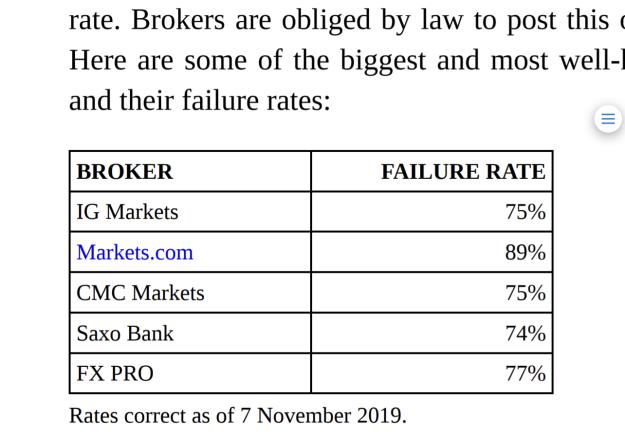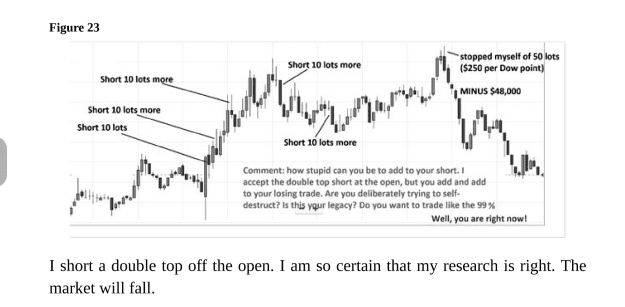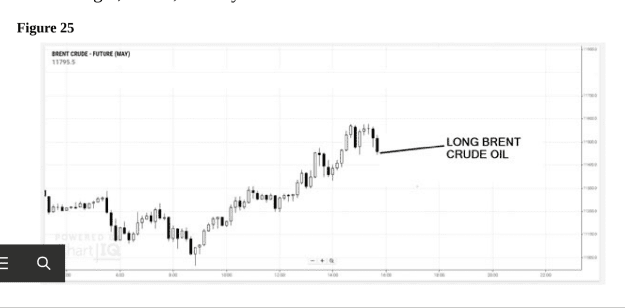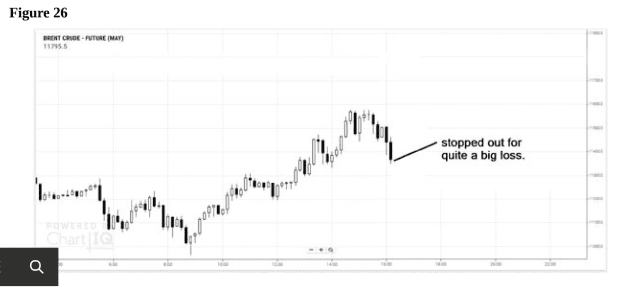Best Loser Wins
by Tom Hougaard
Preface
by Tom Hougaard
Preface
- The markets are as inscrutable as a woman; they cannot be understood by logic
- Only by understanding oneself will markets ever welcome you
- How you feel about failure will determine your life’s path to a large degree
- “I have conditioned my mind to lose without anxiety, without loss of mental equilibrium, without emotional attachment, and without fostering feelings of resentment or desire to get even.”
- “The true measure of your growth as a human being is not what you know, but rather what you do with what you know.”
Chapter one - Introduction
- Educational credentials mean little in trading
- Hougaard had Not had a losing day in 39 days as he writes this book (but rather a bad streak at the time of reading)
- His path “has been a journey that saw me initially pursue the path that everyone else takes – a lot of books about a lot of indicators, patterns and ratios– before finally realising that the real answer to the elusive quest for trading profits was right inside of me all along” (a familiar Monomyth)
- “The world does not need more trading books. So, I decided not to write one”
- “I have written a book that is an antidote to all the rubbish that is being peddled in the trading arena by charlatans who are 99% marketing and 1% trading. They preach their message to unsuspecting people – who sadly believe them – with neither the teacher nor the student realising that they only got 10% of the story.”
- More importantly, I have written a book which is all about the aspect of trading they never teach you, and how to get to the top of the trading pyramid.”
- The answer is not TA
- Normal Does Not Make Money
- Not a book about trading techniques
- Recommends “Reminiscences of a stock Operator”
- “There is not a single mention of trading techniques in that book.” (Not exactly true)
- “It is an insanely difficult profession, one that is beyond the apparent mental abilities of almost everybody, yet at the same time a profession that will reward you with wealth beyond your imagination, once you understand how this game really should be played.”
2



